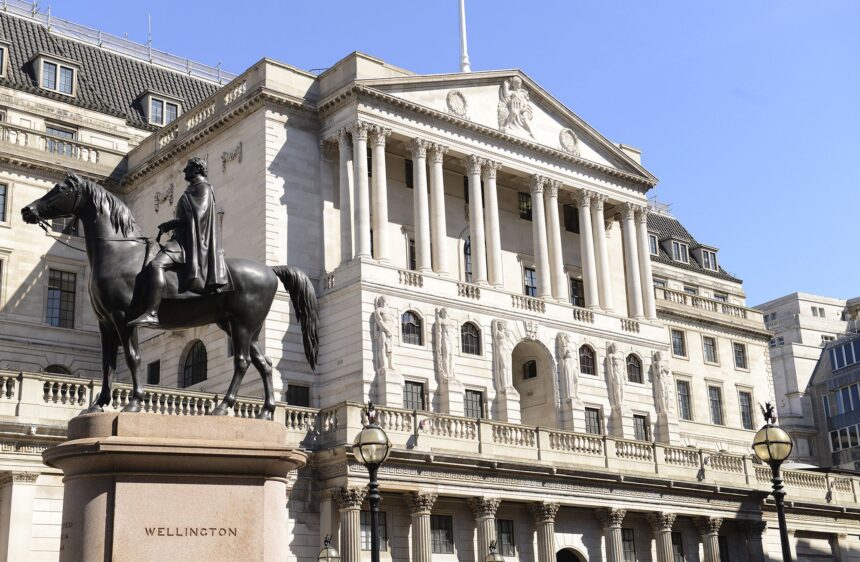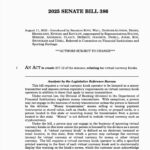Bank of England stablecoins stance signals policy shift
Background: Bailey’s Comments on Stablecoins
Bank of England Governor Andrew Bailey has suggested that stablecoins could decrease the United Kingdom’s dependence on commercial banks. In a recent Financial Times article, Bailey discussed how the current system combines money and credit creation via fractional reserve banking, where only part of customer deposits is kept in reserve by banks while the rest is lent out. “Most of the assets backing commercial bank money are not risk-free: they are loans to individuals and to companies,” Bailey wrote. He noted that the financial system does not need to remain structured in this way and floated the possibility of partly separating money from credit provision.
This potential separation could position stablecoins alongside banks, with non-banks playing a larger role in providing credit. However, Bailey emphasized caution, saying, “it is important to consider the implications of such a change thoroughly before going ahead,” according to the Financial Times.
The Bank of England stablecoins stance comes as UK cryptocurrency advocacy groups have criticized the central bank’s recent proposals to impose individual caps on stablecoin holdings. These organizations argue that such caps could be logistically difficult and would put the UK at a disadvantage compared to other jurisdictions in the digital assets space. Tom Duff Gordon, vice-president of international policy at Coinbase, told the Financial Times that “no other major jurisdiction has deemed it necessary to impose caps.”
Consultation and Regulatory Developments
Governor Bailey indicated that the BoE will soon publish a consultation paper outlining a new systemic stablecoin regime for the UK. This proposed framework would apply specifically to stablecoins intended for use as money, either for routine payments or for settling transactions in tokenized markets. Bailey said, “widely used UK stablecoins should have access to accounts at the [Bank of England] to reinforce their status as money.” Such a move could help cement the legal and practical standing of stablecoins within the UK’s financial system while ensuring stability.
Bailey further clarified that, while supportive of the potential for innovation, stablecoins must meet rigorous standards. The assets backing them should ideally be risk-free, and robust insurance measures should be in place to guard against operational risks, including cyberattacks. Furthermore, Bailey called for standardized terms of exchange among stablecoins.
Market Reaction and Next Steps
The discussion around the Bank of England stablecoins stance comes amid broader regulatory scrutiny and a push for modernization in the UK’s payments ecosystem. In July, Bailey cautioned against banks issuing their own stablecoins, and instead suggested tokenizing bank deposits as a more targeted approach. Allowing stablecoins access to central bank accounts may serve as an indirect mechanism for exploring this tokenization.
Bailey’s latest remarks could signal a shift in BoE’s approach, away from opposition and toward considered integration of stablecoins into the UK’s financial infrastructure. He stated, “it should also be possible to have innovation in the form of money” and maintained that “it would therefore be wrong to be against stablecoins.” While the proposals and consultation processes evolve, the BoE remains focused on containing risks and maintaining financial stability as the sector develops.
For more on digital currency policy, visit Vizi’s cryptocurrency section.
What’s Next for Stablecoin Regulations in the UK?
The Bank of England’s upcoming consultation paper will set the stage for potential regulatory changes specific to stablecoins. As Bailey’s comments indicate, the central bank appears open to stablecoin integration, conditional on effective risk management, clear rules, and oversight. UK-based crypto advocates continue to watch for final policy directions, with some pressing for a more competitive stance relative to other global jurisdictions.
Reporting via Cointelegraph.
Sources: Cointelegraph, Financial Times



















